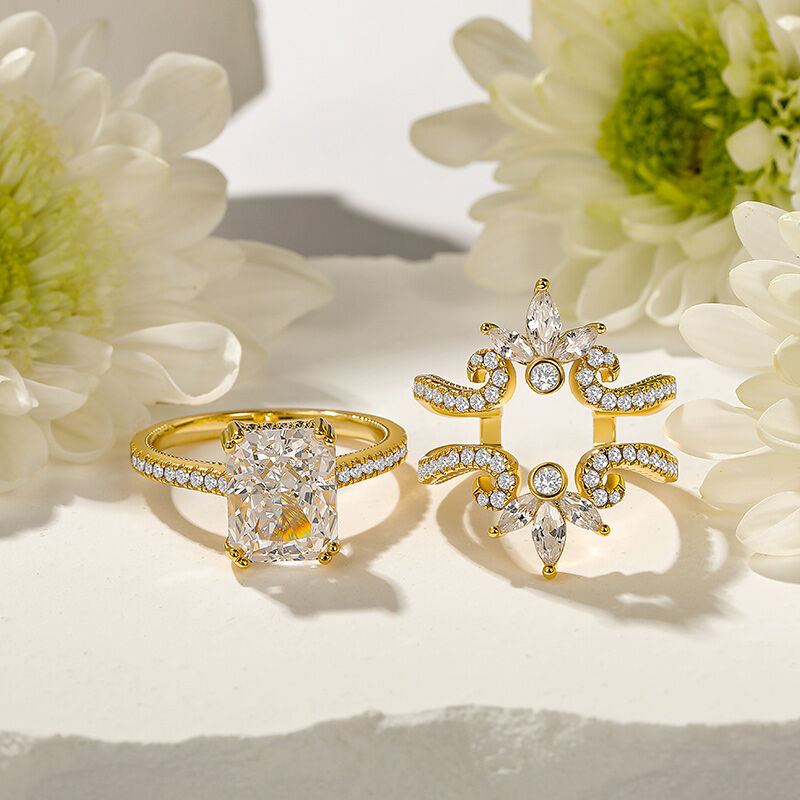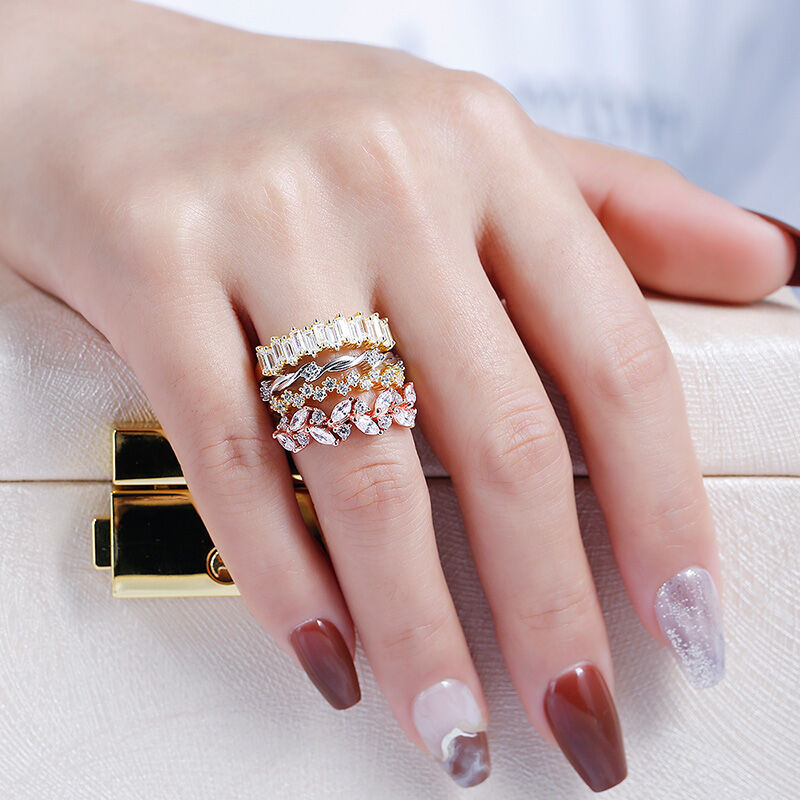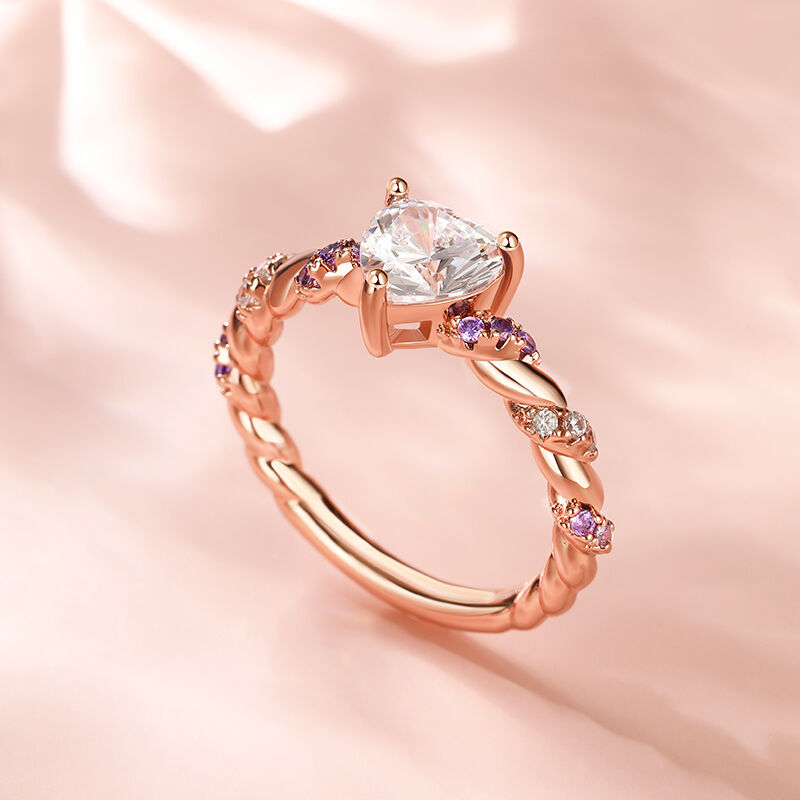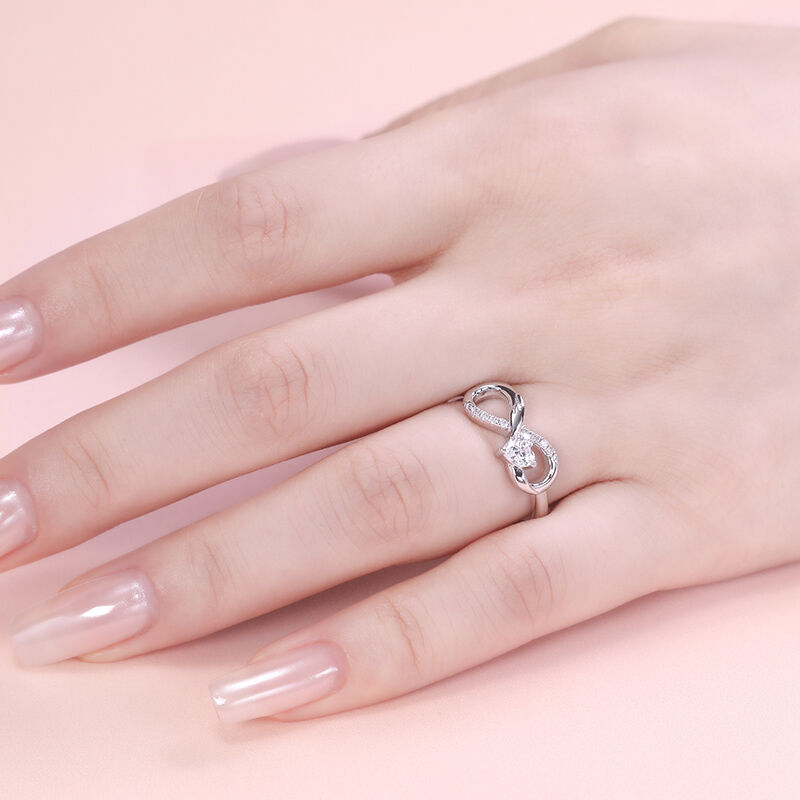Wedding Rings
Wedding rings are exchanged between partners during the marriage ceremony. These rings are usually simpler in design compared to engagement rings. They symbolize the eternal bond and commitment between spouses. Wedding rings are often made of precious metals like gold, platinum, or titanium. Customization options include engraving names, dates, or meaningful messages. The circle shape of wedding rings signifies endless love and unity in marriage.
The wedding ring symbolizes the purity and eternity of love, as well as the loyalty and obedience of both parties to each other. In many cultures, a ring is worn on the ring finger of the left hand, which is connected to the heart, symbolizing a heart to heart bond.
Wedding ring usually have a circular design, symbolizing completeness and perfection, representing the perfect love between both parties.
The material and design of wedding rings vary depending on culture and personal preferences. For example, diamond rings are seen as symbols of loyalty and eternity, while jade wedding ring symbolize peace, prosperity, and many children.
Overall, a wedding ring is an important symbol of love, loyalty, and commitment. It not only serves as a symbol of emotional communication at weddings, but also reminds wearers of their responsibility and appreciation for marriage in daily life.






